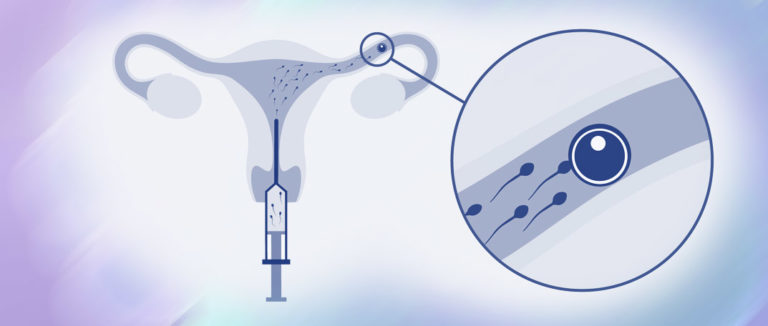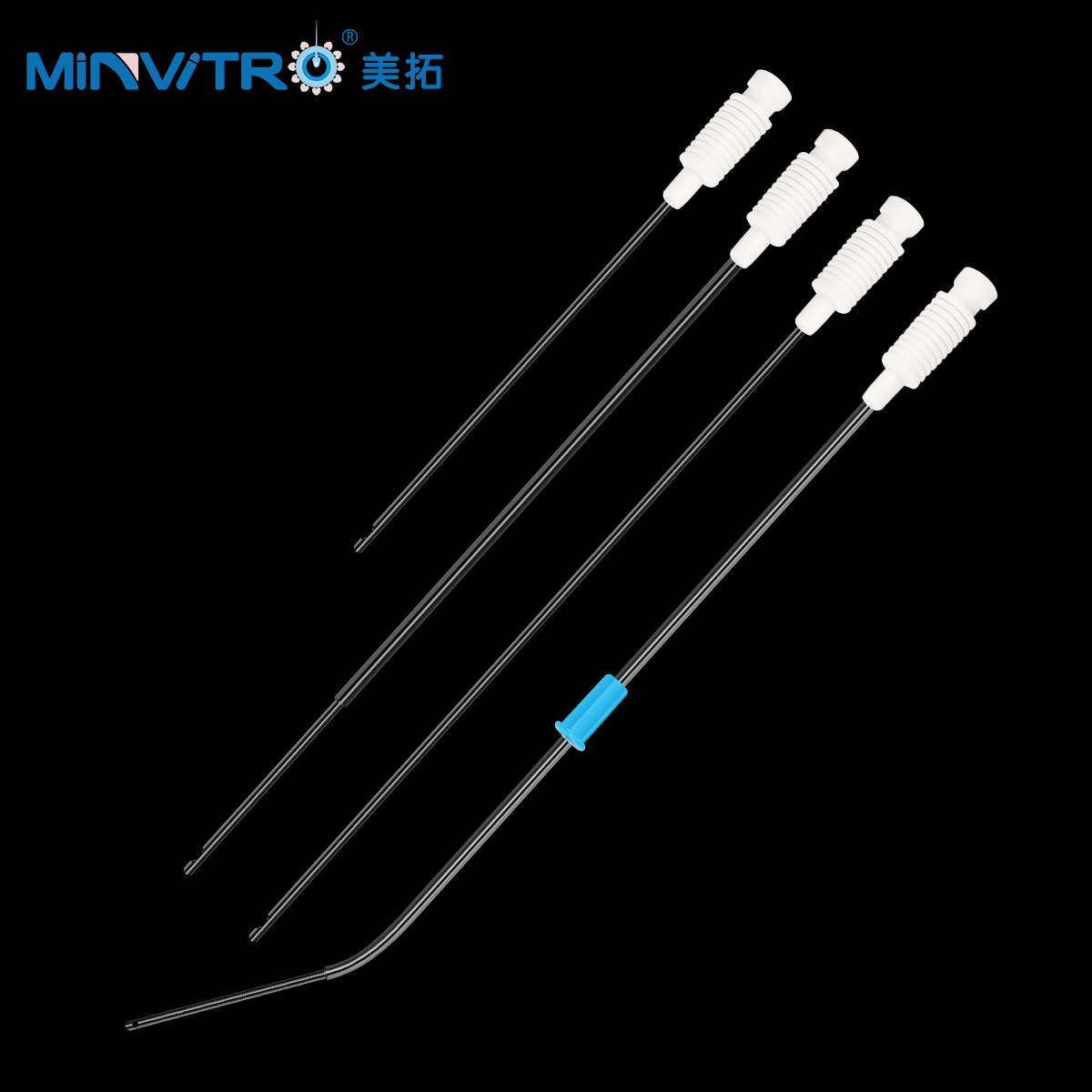Artificial insemination is a technique in which sperm is introduced into the female reproductive tract through non-coital means to make pregnancy possible.
Similar to natural pregnancy, the fertilization site of sperm and egg is still the fallopian tube in the female pelvis, but the method of sperm entering the female
reproductive tract is surgical input and non-coital intercourse.
It can be seen that artificial insemination has high requirements on the fertility of both men and women, and this is the indication for artificial insemination:
1. One or both fallopian tubes of the woman are unobstructed;
2. The man has mild to moderate semen abnormalities;
3. The woman's ovarian function is still good, and she can ovulate normally, or respond well after applying ovulation-stimulating drugs.

Minvitro artificial insemination catheter:
1. The front end of the catheter is soft and smooth, which effectively reduces the discomfort of the catheter entering the uterine cavity.
⒉. The design of the side hole at the front end of the catheter can prevent the secretion of the female reproductive tract from blocking the orifice.
3. The enhanced outer sleeve is designed to enhance support and facilitate access to the uterine cavity.
4. The product is qualified by HSSA (Sperm Survival Test).

What are the steps in artificial insemination treatment? mainly includes:
1. Growth, development and maturation of follicles: regular dynamic B-ultrasound monitoring is required, and blood is drawn to check hormone levels if necessary to
determine the degree of egg maturity and ovulation.
There are two ways in which follicles mature:
(1) Those with natural cycle growth, regular menstruation and regular ovulation can use this method without medication, and regular B-ultrasound can monitor
follicular development;
(2) Ovulation induction cycle, this method can be used for those with irregular menstruation, ovulation disorder or natural cycle who are not pregnant, using
ovulation induction drugs to induce follicle maturation and ovulation (requires 1-3 follicles to mature). Ovulation induction drugs include oral drugs, intramuscular
injections and subcutaneous injections. The dosage form and dosage of ovulation induction drugs are selected according to the woman's age, ovarian function,
and follicle development.
2. Optimized sperm treatment: It is determined by B-ultrasound monitoring and hormone level determination that after the woman's egg is mature and reaches
the ovulation period, it is generally the time closest to ovulation (suitable for both before and after ovulation). , after optimized treatment, the high-quality delicate
with fertilization ability will be prepared into 0.3-0.5ml suspension;
3. Artificial insemination: The assisted reproductive specialist injects the prepared sperm suspension into the woman's uterine cavity with an artificial insemination catheter.
A pregnancy test can be done two weeks after artificial insemination to check the results of the treatment.

